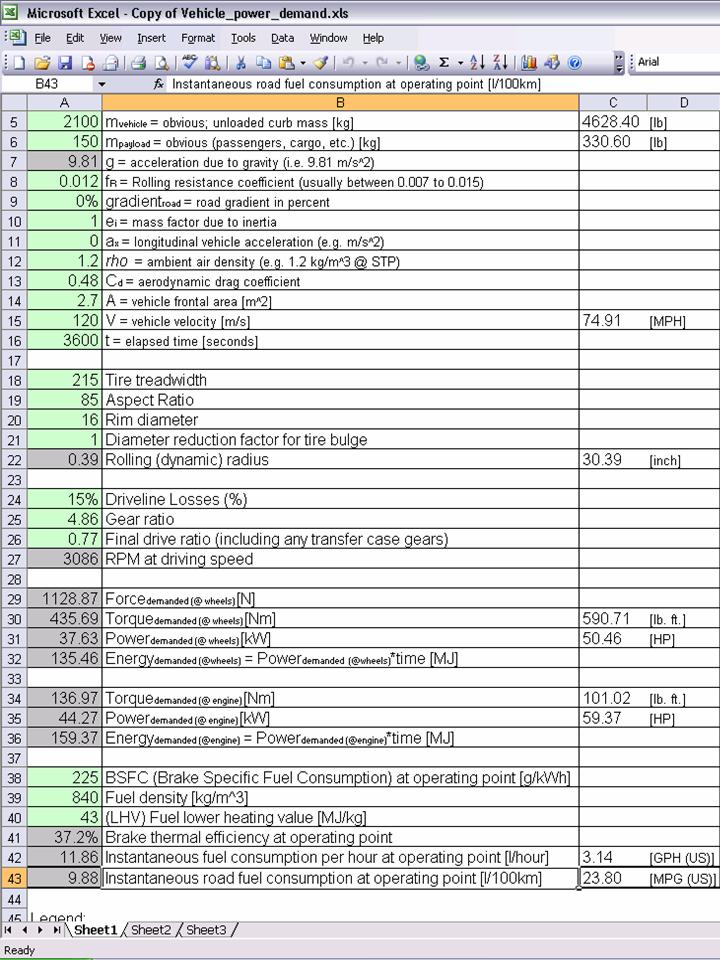Hasenwerk
Vendor , w/Business number
- Joined
- Nov 28, 2003
- Location
- Quesnel, BC
- TDI
- 1982 Cabriolet (BEW|VNT17|Stage4), 1989 VW TriStar Syncro soon-to-be CR TDI (CBEA), 2001 Ford Ranger Edge 4x4 (ALH|VNT17|R520|Stage4)
Well, I have 5km under my belt with my 1986 Syncro Westfalia with my low compression TDI engine. I'm calling it a day for today so some photos for everyone.
Top Shot:

The seemingly manditory VNT-20 Turbo / manifold shot:

As I was saying there is only 5km on this installation so there is some neatening and finishing up to do, so forgive the stray wires, missing clamps on the intake system, missing bracket on the cat and missing tail pipe from the exhaust system.
Engine Details:
- ALH block and head – all rebuilt.
- Bosch Race Nozzles.
- Pistons machined to 17.5:1 compression ratio.
- ARP head studs
- 11mm “automatic” injector pump.
- Diesel Inside custom software.
- AHU exhaust manifold.
- Custom adapter for turbo.
- “701 C” VNT-20 Turbo from an Audi V6 TDI.
- Custom 2.5” intake manifold.
- External oil cooler sandwich adapter with 110C thermostat.
- Audi V8 oil cooler – total oil capacity is 6L.
- Neutered EGR system.
- Dawes Device.
- Senders for Pre Turbo Exhaust Temperature, Manifold Air Temperature, Manifold Pressure, Oil Pressure, Oil Temperature, Water Temperature.
- 2.5” mandrel bent exhaust, catalytic converter and 3.0” tail pipe.
- Water cooled intercooler on its own radiator system.
- PVC pipe intake system with cyclone prefilter / snorkel.
The engine at this point isn’t perfect. There is more than ample power but the injector nozzles are not behaving correctly – too much fuel quantity deviation between nozzles – so hopefully after a bit of a drive they will “break in” and the deviation between them will become less. I still have to work with Mark to get the software tweaked a bit better and I still have to connect my digital engine monitor to make sure that I won’t be melting anything in quick time.
More details and news as it comes in!
Cheers!
Top Shot:

The seemingly manditory VNT-20 Turbo / manifold shot:

As I was saying there is only 5km on this installation so there is some neatening and finishing up to do, so forgive the stray wires, missing clamps on the intake system, missing bracket on the cat and missing tail pipe from the exhaust system.
Engine Details:
- ALH block and head – all rebuilt.
- Bosch Race Nozzles.
- Pistons machined to 17.5:1 compression ratio.
- ARP head studs
- 11mm “automatic” injector pump.
- Diesel Inside custom software.
- AHU exhaust manifold.
- Custom adapter for turbo.
- “701 C” VNT-20 Turbo from an Audi V6 TDI.
- Custom 2.5” intake manifold.
- External oil cooler sandwich adapter with 110C thermostat.
- Audi V8 oil cooler – total oil capacity is 6L.
- Neutered EGR system.
- Dawes Device.
- Senders for Pre Turbo Exhaust Temperature, Manifold Air Temperature, Manifold Pressure, Oil Pressure, Oil Temperature, Water Temperature.
- 2.5” mandrel bent exhaust, catalytic converter and 3.0” tail pipe.
- Water cooled intercooler on its own radiator system.
- PVC pipe intake system with cyclone prefilter / snorkel.
The engine at this point isn’t perfect. There is more than ample power but the injector nozzles are not behaving correctly – too much fuel quantity deviation between nozzles – so hopefully after a bit of a drive they will “break in” and the deviation between them will become less. I still have to work with Mark to get the software tweaked a bit better and I still have to connect my digital engine monitor to make sure that I won’t be melting anything in quick time.
More details and news as it comes in!
Cheers!
Last edited:



